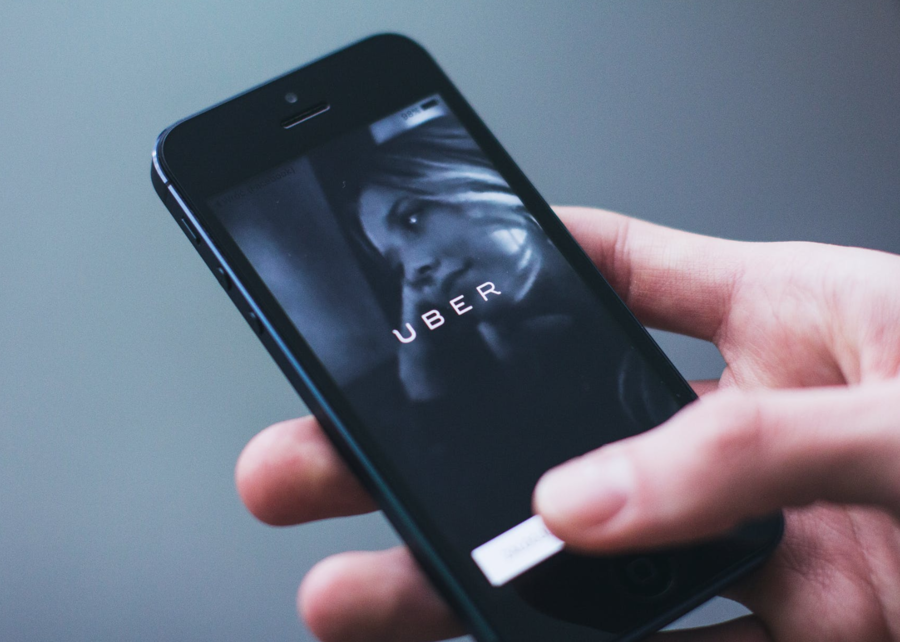Politics June 18, 2018
Imagine not having to consider the risk of using a ride-hailing service.


What was the world like before Uber?
Taxis were (are) a thing, but much like Google, the ride-hailing service has become so ubiquitous that you can use it as a verb without causing confusion.
As with any new service, there are bound to be problems that arise as more people use it. For Uber, that was growing safety concerns about sexual assault for riders who use the service which is why they just went live with a new panic button in the United States, allowing both riders and drivers quick access to 911 if something in the ride starts to go wrong.
Many people, especially women, take Ubers after late nights out when they’re not always the most aware. It’s clear this feature is essential.
And it is a great step forward, but considering the service started in 2009, this new safety feature also begs the question — what took them so long?
A report done by The Atlantic in 2015 revealed that claims of passengers experiencing sexual assault at the hands of Uber drivers have been happening for years.
Perhaps the most notable case was when a woman in India sued Uber in 2015 after being raped by her driver and again in 2017 when she claimed that Uber mishandled her medical records. The records were shared with top Uber executives who doubted the legitimacy of the woman’s claim that she was raped.
More recently, a CNN report revealed that 103 Uber drivers have been accused of sexual assault or abuse. What’s more, it wasn’t until an announcement on May 15 by Uber that women could pursue these charges in an open court.
Before, the company required mandatory arbitration for individual claims of sexual assault or abuse. All users agreed to this upon signing up for the app. This essentially means that all parties involved were required to keep silent about the proceedings of claims.
Uber also announced it would release data about sexual assault that happens with its drivers. Shockingly, it did not do this before now.
After former Uber engineer Susan Fowler came forward in a blog post in early 2017 with allegations of a rampant culture of sexual abuse in the company, many employees were fired. Vanity Fair reported over 20 employees were fired after the allegations went public.
Shortly thereafter, the Uber CEO Travis Kalanick resigned. The new CEO, Dara Khosrowshahi took over and has been in charge of implementing the new changes.
According to Fowler’s original blog post, human resources didn’t take her allegations seriously. There also weren’t many women working in the company.
Clearly, Uber has had its issues with women and women’s safety. For a company so innovative, it seems odd a panic button didn’t come up until now.
In 2017, two women filed a class-action lawsuit against Uber, citing its careless attitude surrounding driver background checks. They asserted this lax attitude contributes to creating a dangerous environment for women who use the service.
In addition to Uber’s new panic button, the company also announced they will be conducting annual background checks for drivers. Once again, great news, but why is this just now happening?
One service, Chariot for Women, tried to tackle issues of women’s safety with ride-hailing services. Their business model was all female drivers for all female passengers. People questioned if women-only ride-sharing services are perhaps discriminatory.
But with Uber offering no real alternative until now for increasing women’s safety, why not try to implement a service such as this? Chariot for Women now goes by Safr, presently only operates in Boston.
Maybe we do need an “Uber-for-women” to make ride-sharing safer especially as Uber has made it abundantly clear it hasn’t been in any rush to fix the problem.